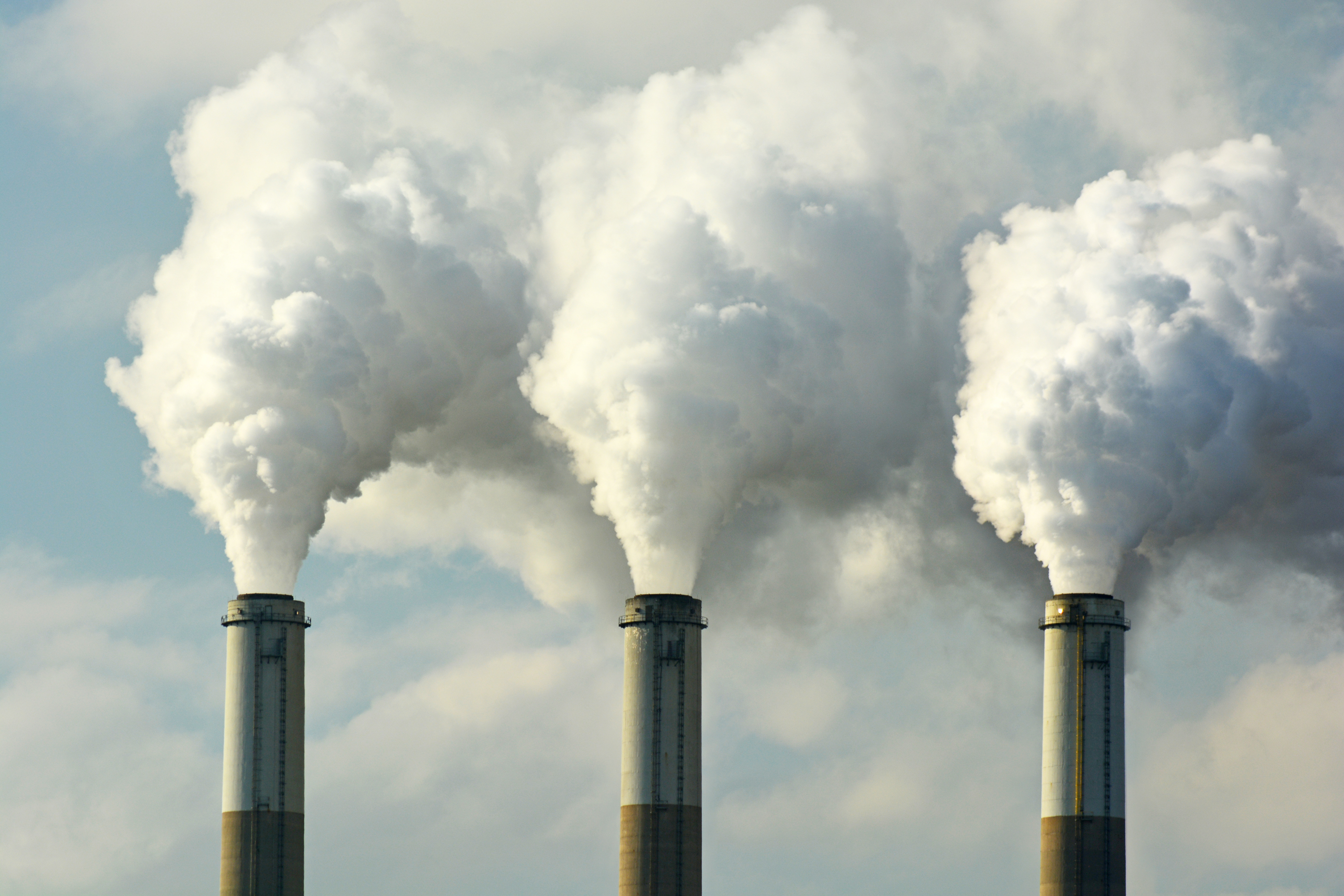Can greenhouse gases become an innovative new raw material?
Harmful pollutants could be harnessed to help us make everything from shoes to couch cushions


For years, manufacturers have relied on raw materials like petroleum and crops to make industrial chemicals. In turn, those industrial chemicals go on to be used in all kinds of consumer products, from couch cushions to running shoes. But petroleum depletes a nonrenewable resource, and plants require lots of energy and land. Neither method is particularly efficient or cheap.
But what if harmful greenhouse gases could be harnessed as the raw material instead, allowing us to use existing resources to make chemical manufacturing greener, cheaper, and more efficient?
It's an ambitious vision — and just what Derek Greenfield, cofounder and CEO of a San Francisco-based startup called iMicrobe, has in mind. iMicrobe (short for Industrial Microbes) wants to transform natural gases into chemicals to be used in manufacturing. To do so, it needs to engineer microscopic interactions between bacteria and gas. The company uses chemical reactions between methane — which is found in most natural gas — and micro-organisms like yeast to produce results that are identical to the ones achieved with bio-based raw materials. The chemicals that result from these methane-microbe interactions can then become the building blocks of still more chemicals — substances that manufacturers use to create the things we buy.
The Week
Escape your echo chamber. Get the facts behind the news, plus analysis from multiple perspectives.

Sign up for The Week's Free Newsletters
From our morning news briefing to a weekly Good News Newsletter, get the best of The Week delivered directly to your inbox.
From our morning news briefing to a weekly Good News Newsletter, get the best of The Week delivered directly to your inbox.
"Cells are already amazing chemists," says Greenfield. "We're trying to come up with more efficient types of chemistry that don't generate pollution."
His research team has already started using gas to create chemicals. The process they've come up with works a little bit like brewing beer. The researchers "feed" yeast-like microbes in the lab — but instead of feeding the microbes fermented hops, they feed them natural gas, which fuels the chemical reaction.
"Instead of feeding them greens, we're feeding them methane," says Greenfield. And though he concedes that the chemicals that result are less tasty than beer, they're much more valuable in the long run.
Right now, the team is using E. coli bacteria in their process, but they're also testing other microbes, too. Ultimately, they hope the process can make natural gas the input for all kinds of chemical outputs.
A free daily email with the biggest news stories of the day – and the best features from TheWeek.com
If methane and other greenhouse gases did come to be seen as raw materials, not just pollutants, this could change the way manufacturing works in the United States. The country has a huge reserve of natural gas — about 2,474 trillion cubic feet as of 2014, much of it methane. Because all that gas is already in the U.S., Greenfield hopes that using it to fuel chemical production could keep jobs in the country.
"The U.S. is the innovation center of the world because the government invests in a lot of early-stage research," he says. "Eventually products can be greener and made in the U.S. They'll support advanced manufacturing, and they'll be cheaper, too."
The process isn't yet being used commercially. Before that happens, iMicrobe will need to find manufacturers willing to partner with them to tailor the process to specific industrial processes. Greenfield concedes that it's not enough just to demonstrate potential of this process in the lab. "Even if you have the best of intentions, if you don't go to market, you've made no impact." But he's optimistic — especially since methane is so abundant and cheap. And the company recently received a boost from the EPA, which awarded it a $300,000 grant to help it bring the new technology to market.
Even though his work will always take place behind the scenes, Greenfield believes it will pay off in the end.
"If we're successful, a number of years down the line people will be able to buy products made using our process," he says. Everything from fragrances to plastics might one day be made using chemicals that came from microbes and methane. "They won't know that [the products were] made using our process, but they'll be buying something greener."
Erin Blakemore is a journalist from Boulder, Colorado. Her work has appeared in The Washington Post, Time, Smithsonian.com, mental_floss, Popular Science and more.
-
 Political cartoons for December 6
Political cartoons for December 6Cartoons Saturday’s political cartoons include a pardon for Hernandez, word of the year, and more
-
 Pakistan: Trump’s ‘favourite field marshal’ takes charge
Pakistan: Trump’s ‘favourite field marshal’ takes chargeIn the Spotlight Asim Munir’s control over all three branches of Pakistan’s military gives him ‘sweeping powers’ – and almost unlimited freedom to use them
-
 Codeword: December 6, 2025
Codeword: December 6, 2025The daily codeword puzzle from The Week
